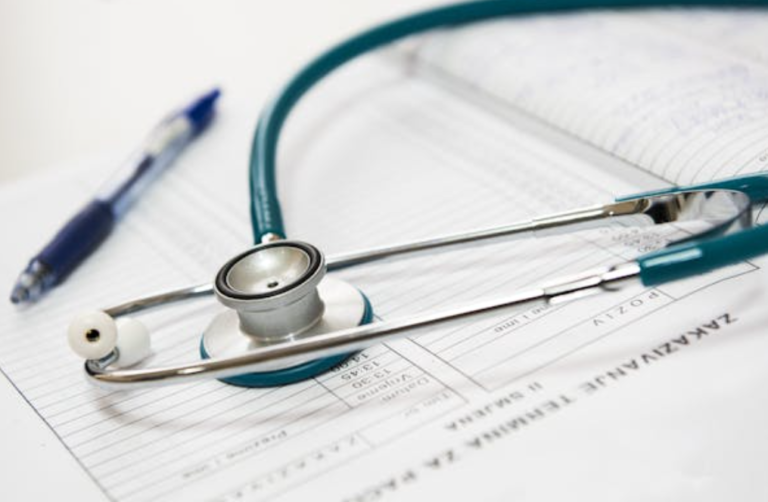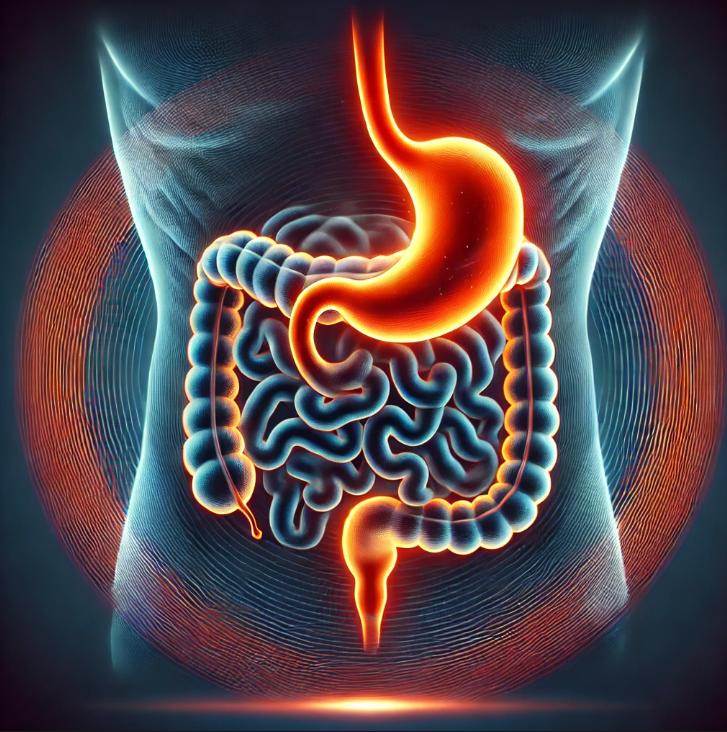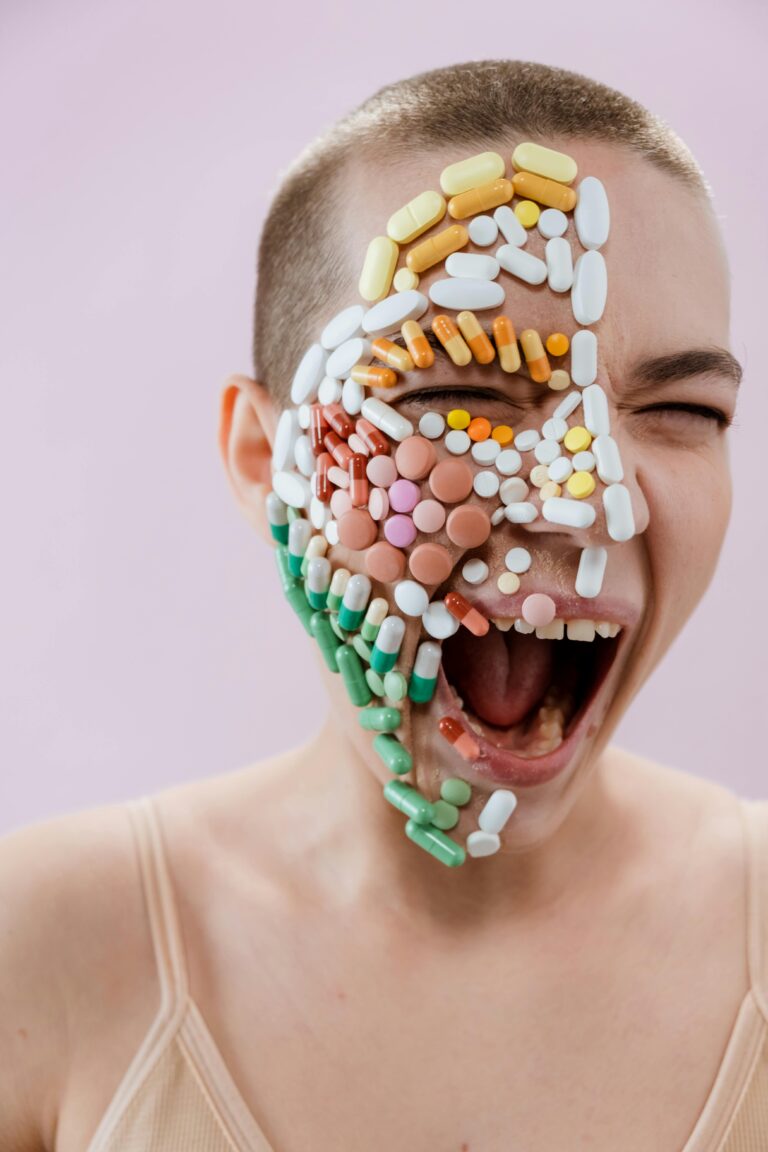Discover post-cholecystectomy pain management diet. Learn what to eat, what to avoid, and how to minimize digestive discomfort after gallbladder removal.

Introduction:
Did you know that up to 40% of patients experience digestive challenges after gallbladder surgery? Post-cholecystectomy syndrome can turn eating into a complex puzzle, leaving many feeling frustrated and uncertain about their diet. Effective post-cholecystectomy pain management diet is crucial in overcoming these challenges. Whether you’ve recently had your gallbladder removed or are preparing for surgery, understanding the right nutritional approach can dramatically improve your quality of life! This comprehensive guide will walk you through everything you need to know about managing your diet after gallbladder removal, helping you navigate digestive changes with confidence and comfort.
Understanding Post Cholecystectomy pain Syndrome
After the surgical removal of your gallbladder, it is not uncommon to experience lingering abdominal discomfort, known as post-cholecystectomy pain. This condition differs from post-cholecystectomy syndrome as it predominantly revolves around ongoing belly aches.
Pain after gallbladder removal, often called post-cholecystectomy pain, can happen for several reasons, and figuring out the exact cause is key to feeling better. Let’s break it down into the most common culprits:
1. Biliary Causes
Leftover Stones in the Common Bile Duct: Sometimes, gallstones are sneaky and stick around even after surgery, causing pain, blockages, or even infections like cholangitis.
Sphincter of Oddi Dysfunction (SOD): The tiny muscle that controls bile and pancreatic juice flow can act up, mimicking that all-too-familiar biliary colic.
Narrowed Bile Ducts: Scar tissue or strictures in the ducts can slow bile flow and lead to discomfort.
Bile Leaks: If bile escapes from where it shouldn’t—like the cystic duct stump—it can irritate the surrounding tissue.
Residual Gallbladder Tissue: Occasionally, a small piece of the gallbladder is left behind, potentially causing ongoing problems.
2. Non-Biliary Causes
Peptic Ulcer Disease (PUD): Ulcers in the stomach or duodenum can mimic gallbladder pain.
Acid Reflux (GERD): Heartburn or upper abdominal discomfort from stomach acid can feel eerily similar.
Irritable Bowel Syndrome (IBS): Changes in bowel habits and abdominal cramping may crop up and confuse things.
Pancreatitis: Inflammation of the pancreas, often due to CBD issues, can cause significant pain.
Surgical Adhesions: Scar tissue might tug on nearby structures, leading to pain or even bowel blockages.
Functional Dyspepsia: Sometimes, the gut just doesn’t feel right, with no obvious cause.
3. Other Possible Causes
Nerve Pain: If surgical nerves were affected, you might experience lingering localized discomfort.
Psychological Factors: Stress, anxiety, or somatic issues can amplify pain or even create a sense of discomfort.
If you’re experiencing this kind of pain, don’t worry—it’s often manageable! A detailed evaluation, including labs and imaging, can help uncover the cause and guide the right treatment. Whether it’s addressing stones, managing reflux, or calming an overworked sphincter, relief is within reach.
How Your Digestive System Adapts to Cholecystectomy
Understanding Post-Cholecystectomy Pain: How Your Digestive System Adapts
When your gallbladder is removed, your body has to adjust, and these changes can sometimes lead to discomfort or post-cholecystectomy pain. Let’s break down what’s happening in your digestive system in an easy-to-understand way:
What Happens After Surgery?
Bile Flow Works Differently
Before surgery, your gallbladder stored bile and released it at mealtimes to help digest fats.
Now, without a gallbladder, bile flows directly from your liver into your small intestine—nonstop! This constant trickle might not be as efficient, and it can sometimes irritate your gut, leading to bloating, diarrhea, or discomfort.
The Sphincter of Oddi Might Act Up
The tiny muscle that controls bile and pancreatic juice flow can spasm or get overactive. When it does, it can cause pain or delays in bile drainage, which might feel like a cramp or sharp twinge.
Your Gut May Feel Different
Changes in how your intestines move things along can cause bloating, cramps, or diarrhea. Plus, bile acids constantly flowing into the colon might irritate it.
Your Gut Bacteria Get Shaken Up
Continuous bile flow can mess with the balance of bacteria in your gut, sometimes leading to gassiness, loose stools, or just an off feeling.
Fat Digestion Takes a Hit
Without the gallbladder’s timed bile release, your body may have a harder time breaking down fats. This can cause greasy stools, tummy troubles, or even deficiencies in important vitamins like A, D, E, and K.
Leftover Biliary Issues
Sometimes, stones or scar tissue can still hang around in the bile ducts, or bile might leak where it shouldn’t. These can cause ongoing pain or irritation.
What Does This Mean for You?
While many people adapt smoothly to these changes, some experience lingering symptoms. The good news? With the right approach—whether it’s tweaking your diet, using medications, or treating specific issues like spasms or leftover stones—you can feel better and get back to normal!
How Diet Impacts Recovery After Gallbladder Removal
Your diet plays a huge role in how smoothly you recover after gallbladder surgery. Since the gallbladder is gone, your digestive system handles fats differently, and what you eat can make a big difference in how you feel. Let’s dive into why food matters and how a personalized approach to nutrition can help you feel your best!
The Impact of Post-Cholecystectomy Pain Management Diet
Easing Digestive Symptoms
Without the gallbladder, bile flows directly into your intestine, and large, fatty meals can overwhelm your digestive system. This can lead to bloating, diarrhea, or discomfort. A diet focused on smaller, low-fat meals can help your body adjust and reduce these symptoms.
Supporting Healing
After surgery, your body needs the right nutrients to heal. Protein-rich foods (like lean meats, fish, and legumes) help repair tissues, while fresh fruits and veggies provide essential vitamins and minerals to boost recovery.
Preventing Complications
High-fat, fried, or greasy foods can be harder to digest and might cause discomfort or fatty stools (steatorrhea). Sticking to a balanced diet helps avoid unnecessary strain on your digestive system.
Balancing Gut Health
Continuous bile flow after surgery can alter your gut microbiota. Eating foods high in fiber and probiotics (like yogurt or fermented veggies) supports a healthy balance of gut bacteria, which can prevent bloating and other gut issues.
Why a Personalized Nutritional Approach Matters
Recovery isn’t one-size-fits-all—everyone’s body responds differently after surgery. That’s why tailoring your diet to your specific needs and symptoms can make all the difference.
Adjusting to Your New Normal
If you experience diarrhea, for example, cutting back on caffeine and high-fat foods might help. On the other hand, if constipation is an issue, gradually adding fiber-rich foods like oats and leafy greens can help keep things moving.
Considering Other Health Conditions
If you have diabetes, IBS, or other conditions, your post-surgery diet may need to address those needs too. For instance, people with IBS might benefit from avoiding certain trigger foods like onions or dairy.
Gradual Reintroduction of Foods
Some people tolerate fatty foods or spicy dishes better over time. Keeping a food diary to track what works for you can guide a smoother transition back to your usual diet.
Professional Guidance Can Help
A dietitian or healthcare provider can create a plan tailored to your lifestyle and nutritional needs. They can ensure you’re getting enough essential nutrients (like vitamins A, D, E, and K) and avoiding unnecessary dietary restrictions.
Simple Tips to Start With you Post-cholecystectomy pain management diet:
Eat smaller, more frequent meals to avoid overloading your digestive system.
Focus on lean proteins (chicken, fish, tofu) and healthy fats (avocado, nuts in moderation).
Avoid greasy, fried, and overly rich foods initially.
Include plenty of fresh produce and whole grains for fiber and nutrients.
Stay hydrated and limit alcohol or caffeine if it triggers symptoms.
By taking a thoughtful approach to your diet and making adjustments based on your body’s needs, you can make your recovery smoother and get back to enjoying your favorite foods—just with a little extra care!
Immediate Dietary Interventions for Pain Relief
In the critical first week after gallbladder surgery, your dietary choices can make a world of difference in managing pain and promoting healing!
Start by embracing gentle, easily digestible foods that won’t overwhelm your sensitive digestive system. Smaller, more frequent meals are your new best friend – imagine breaking your daily intake into 5-6 mini-meals instead of three large ones.
This approach helps reduce digestive stress and prevents overwhelming your body’s healing mechanisms. Hydration becomes your secret weapon, so keep a water bottle close and sip consistently throughout the day.
Not all foods are created equal during this recovery phase, so become a detective of your own diet. Some foods might trigger inflammation or discomfort – common culprits include fatty, fried, or highly processed items.
Instead, focus on anti-inflammatory foods like fresh fruits, steamed vegetables, lean proteins, and whole grains. Pay attention to how your body responds to different foods, keeping a simple food diary can be a game-changer in identifying potential trigger foods. Remember, this is a journey of healing and self-discovery – be patient with yourself and listen to your body’s signals!
Conclusion:
Your journey to recovery doesn’t end with surgery – it’s a continuous process of understanding and nurturing your body! By implementing these targeted dietary strategies, you can significantly reduce post-cholecystectomy pain and rediscover the joy of eating without fear. Remember, healing is personal, and patience is key. Take control of your nutrition, listen to your body, and don’t hesitate to seek professional guidance when needed.






